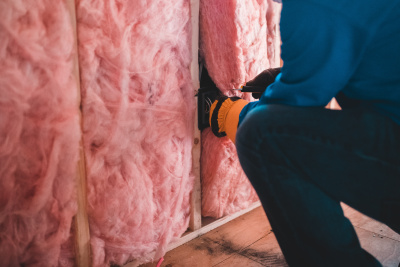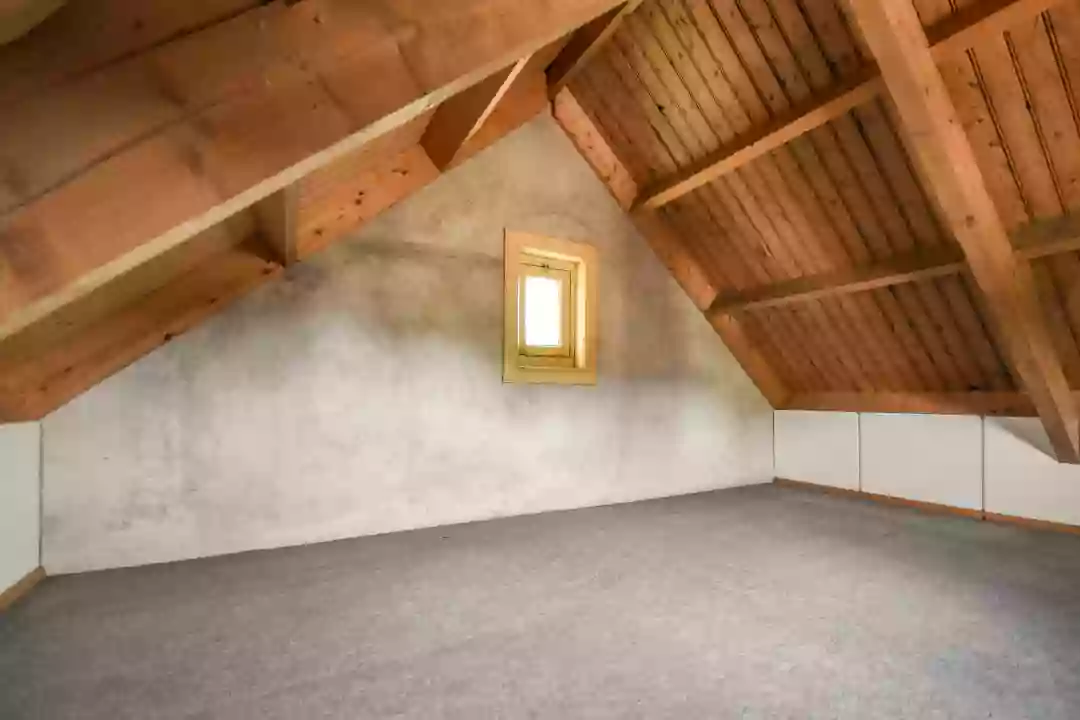What Types Of Insulation Are There?
Loft insulation works by trapping hot air between its strands, preventing it from passing through the insulation material. Loft insulation should always be done prior to or concurrently with a new heating system since the reduced heat loss enables the installation of a more compact and affordable heating system. One of the most crucial elements in maintaining a home's energy efficiency is insulation. It can be challenging to choose the right sort of insulation for your loft, walls, or flooring when there are so many materials available. The most popular type of loft insulation is blanket insulation, which is available in rolls of rock, glass, or mineral fibre. It is typically the least expensive alternative and suitable all-purpose insulation, especially for use in between joists. Although it is the simplest to install, it is not appropriate for the roof. Additionally, there is blown-in insulation, loose-fill insulation, and much more.
Concrete Block Insulation
Concrete block insulation is a great way to increase the thermal efficiency of your home by helping to reduce heat conduction and loss. It’s a popular choice for basement walls and other concrete block structures, as it’s an effective way to resist moisture and humidity build-up. This type of insulation can also be used externally on concrete walls, roofs, and foundations as a highly energy-efficient option. It's also easy to install, requires no additional framing, and is fireproof and waterproof.
The walls and foundation of a concrete block home can be insulated using a variety of techniques. To increase the average wall R-value, the cores can be filled with insulation if they are not filled with steel and concrete for structural reasons. However, field investigations and computer simulations have demonstrated that no kind of core filling significantly reduces fuel consumption because of how easily heat is transferred through the solid sections of the walls.
It is more efficient to cover the block surface with insulation, either on the inside or outside of the foundation walls. The thermal mass of the blocks, which can help to regulate indoor temperatures, is contained within the conditioned area by placing insulation on the exterior. Concrete blocks made by certain manufacturers include polystyrene beads, whereas those made by others may accept stiff foam inserts.

Need assistance finding loft insulation near you?
Get a QuoteBlanket: Batt And Roll Insulation
Insulation blankets, also known as batt or roll insulation, are one of the most used kinds of insulation. It is a flexible form of insulation that is commonly constructed of fibreglass or mineral wool and is used to insulate crawlspaces, lofts, floors, and walls. It comes in varied thicknesses and lengths for various uses, but it works best when used in conjunction with a vapour retarder. It frequently offers fair value, is simple to install, and offers adequate sound insulation.
The most common and widely available type of insulation is a blanket, which comes in the form of rolls or batts and is made of flexible fibres, most commonly fibreglass; rolls and batts made of synthetic fibres, natural fibres such as cotton and sheep's wool, and mineral (rock and slag) wool are also available.
Foam Board Insulation
A stiff panel of insulation called a foam board is comprised of polystyrene, polyurethane, or polyisocyanurate. It is a popular choice for new construction since it is simple to install and has excellent insulation values. It is frequently used to insulate foundations and external walls. In addition to being water and fire-resistant, it is also quite good at minimising air intrusion. The only drawback is that it costs more than alternative insulating options.
The roof to the foundation of your home may all be insulated using foam boards, which are rigid pieces of insulation. They function well for specialised uses such as loft hatches, inside basement wall sheathing, and exterior wall sheathing. They provide significant thermal resistance (up to double that of the majority of other insulating materials of the same thickness) and reduce heat transmission via supporting elements like steel and wood studs. In order to make foam board, polyurethane, polyisocyanurate, and polystyrene are the three components that are most usually employed.
Loose-Fill And Blown-In Insulation
Small fibre, foam, or other material particles make up loose-fill insulation. These tiny particles combine to create an insulating material that can fit into any area without affecting finishes or structural elements. Due to its flexibility, loose-fill insulation is a good choice for retrofits and situations where other forms of insulation would be challenging to install.
Loose-fill and blown-in insulation is made from cellulose, fibreglass or mineral wool particles. It’s usually installed into lofts or wall cavities using special blowing machines and is a great way to reduce sound transmission and air infiltration. Loose-fill insulation can be used in hard-to-reach areas, such as around pipes, fixtures, and around electrical outlets or wiring. It’s also relatively cost-effective, easy to install, and available in various densities and R-values. As with any loose fill insulation, however, you should always take extra care to ensure it is properly installed and sealed.
Polystyrene beads and perlite are two less popular loose-fill insulating materials. Both enclosed spaces, such as wall cavities, and open areas, such as lofts, can be filled with loose-fill insulation. Installers with expertise who are adept at obtaining the right densities and R-values generally blow in materials like cellulose, fibreglass, and rock wool. Vermiculite, perlite, and polystyrene beads are often poured.
When it comes to choosing the right type of insulation for your home, it’s important to consider the advantages and disadvantages of each type. You should also factor in the size of your home, climate conditions, and how much insulation you need. By taking all these factors into consideration, you’ll be able to make an informed decision that will help you save money and keep your home comfortable and energy efficient.
In this article:
